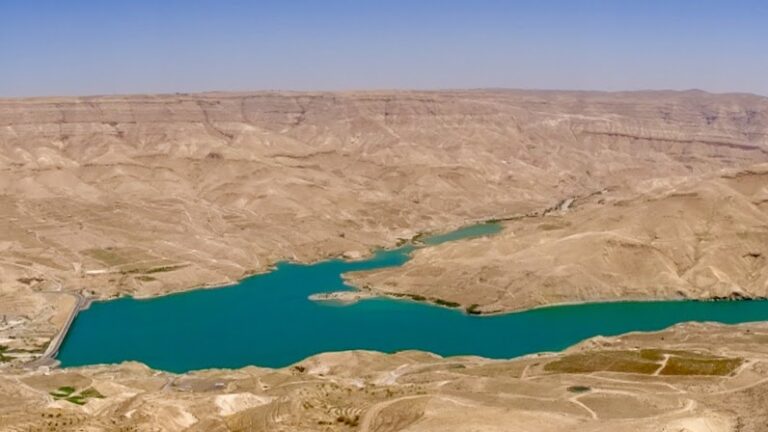While Jordan’s population is increasing, its water resources are more scarce than ever.
Jordan is one of the most water-poor countries in the world. Geographical disadvantages are partly to blame; its climate is one of the driest in the world, receiving just 200 millimetres of rainfall per year. Added to this, climate change is reducing rainfall levels even further, while temperatures are rising to a point that threatens the water-supply networks of the Jordan and Yarmouk Rivers. All the while, population growth is increasing the demand for water. In the past ten years alone, Jordan’s population has increased by almost 50%.
In this context, the refugee crisis has become a key consideration. Jordan is home to 760,000 registered refugees – the second highest share of refugees per capita in the world. Over 660,000 have come from Syria alone. Iyad Dahiyat, Jordan’s minister of water, estimates that Syrian refugees have increased water needs by 21% across the country, rising to 40% in the north. The ministry has calculated that the water sector has to pay approximately 440 Jordanian Dinar (approximately €550) per year for every refugee.
Jordan is now facing an unprecedented level of pressure on its water resources. The United Nations defines ‘absolute scarcity’ as a supply of less than 500 cubic metres per person; today Jordan’s average annual water supply is 150 cubic metres per person.
The response?
The government has mobilised to tackle the crisis. Crackdowns on water theft in cities have conserved 120 million cubic metres of water in the past 5 years. New pipelines for groundwater and projects to desalinate water from the Red Sea represent an attempt to pursue innovative, long-term solutions. However, projects have been held up by limited funding and concern over unknown environmental effects. As a result, Jordan has relied upon an increased supply of water from Israel this year – from which it already received 50 million cubic metres of water annually.
The government has also taken action to reduce pressure on resources by restricting numbers of refugees. However, last year, when the government refused entry to 60,000 refugees from Daraa, Syria, Jordanians reacted with anger and social media messages vowed to “share their bread” with the new arrivals. Instead, the structural issues of water use in Jordan have been criticised. Around 65% of water goes to the agricultural sector, where water-saving solutions have not yet been pursued. Without wider changes, fears remain that secure water supply in Jordan may be nothing but a pipe dream.


